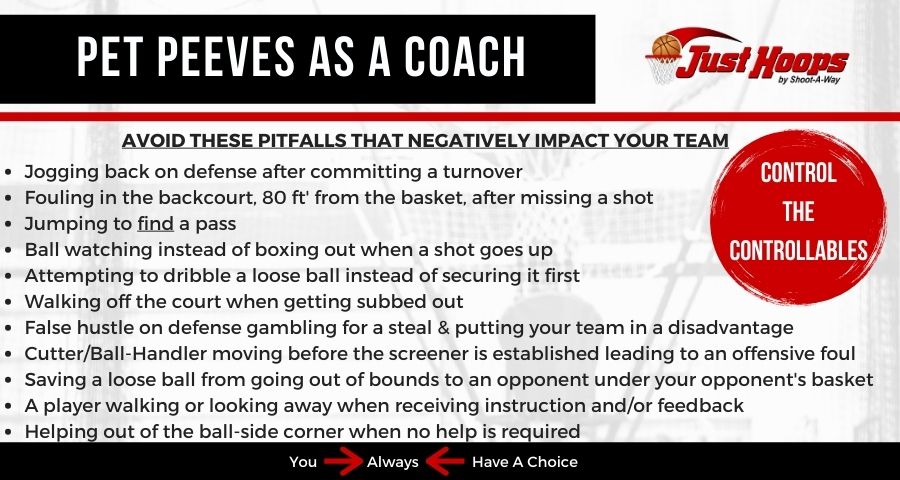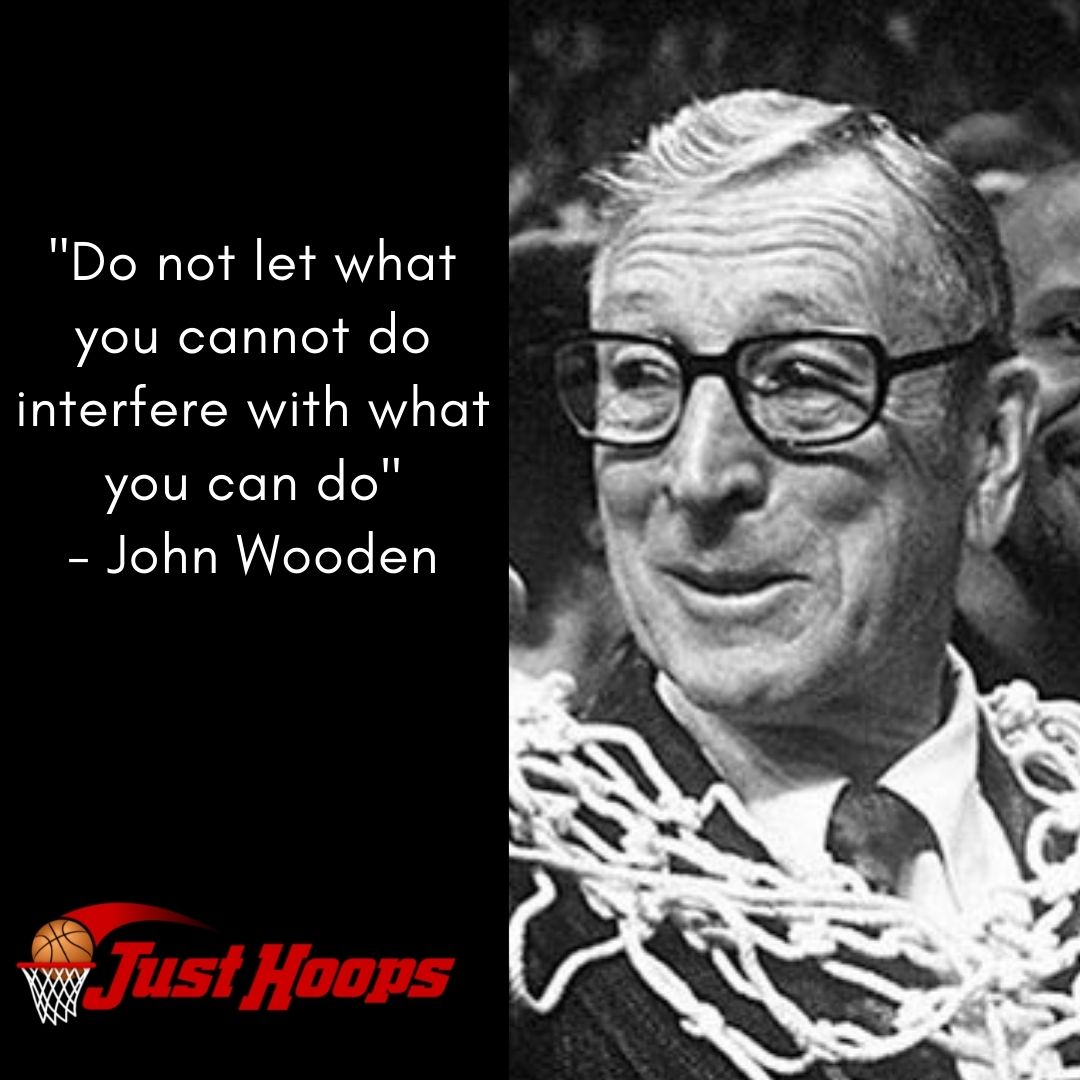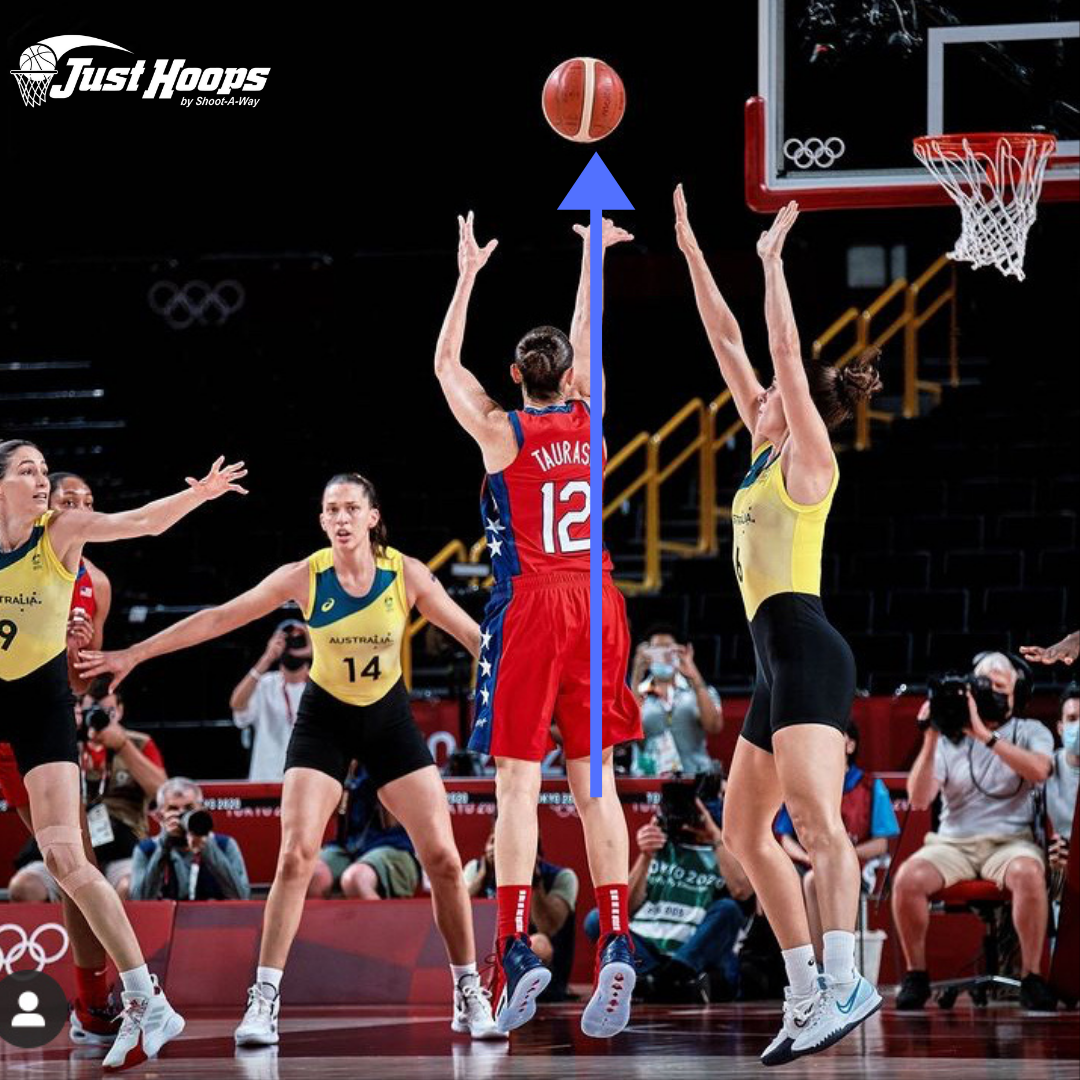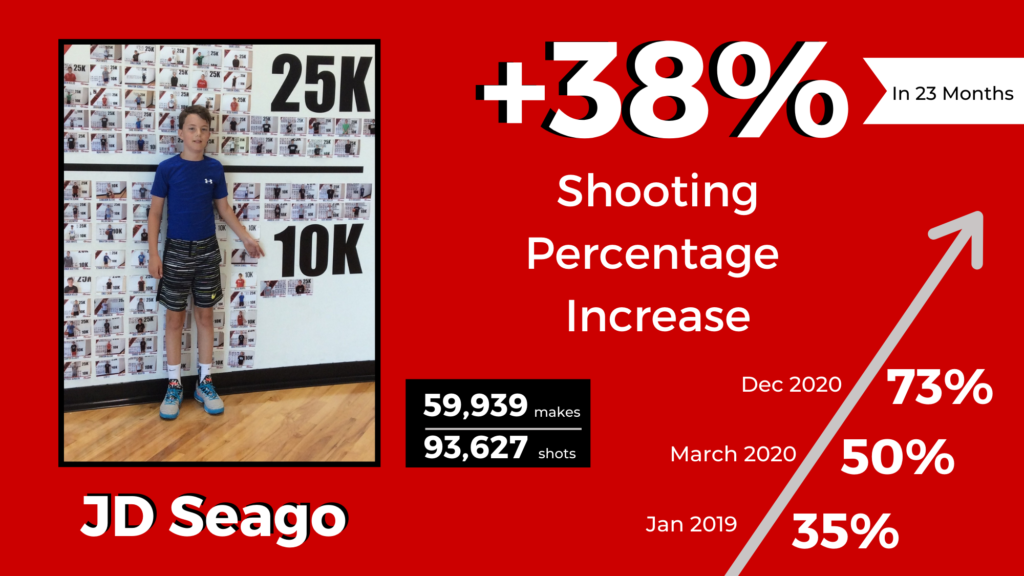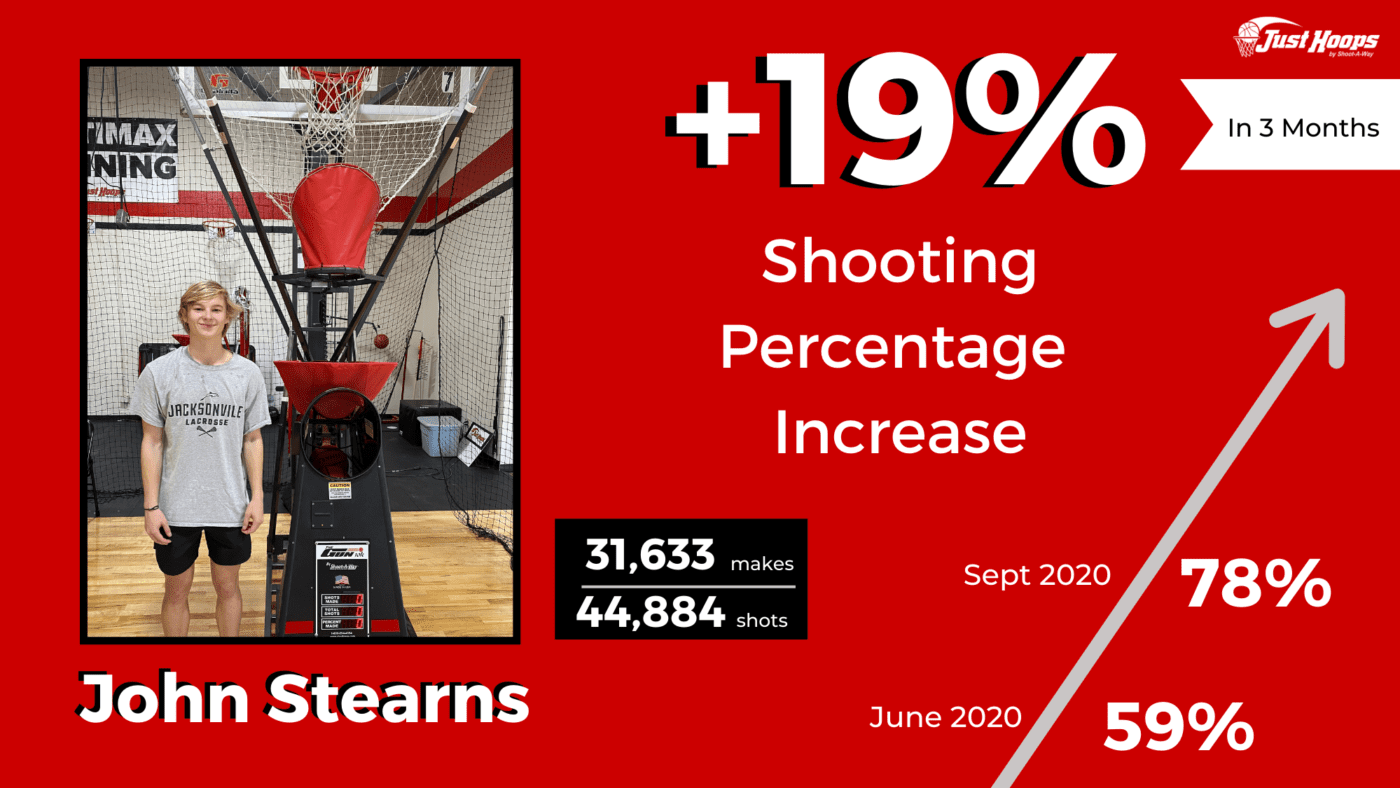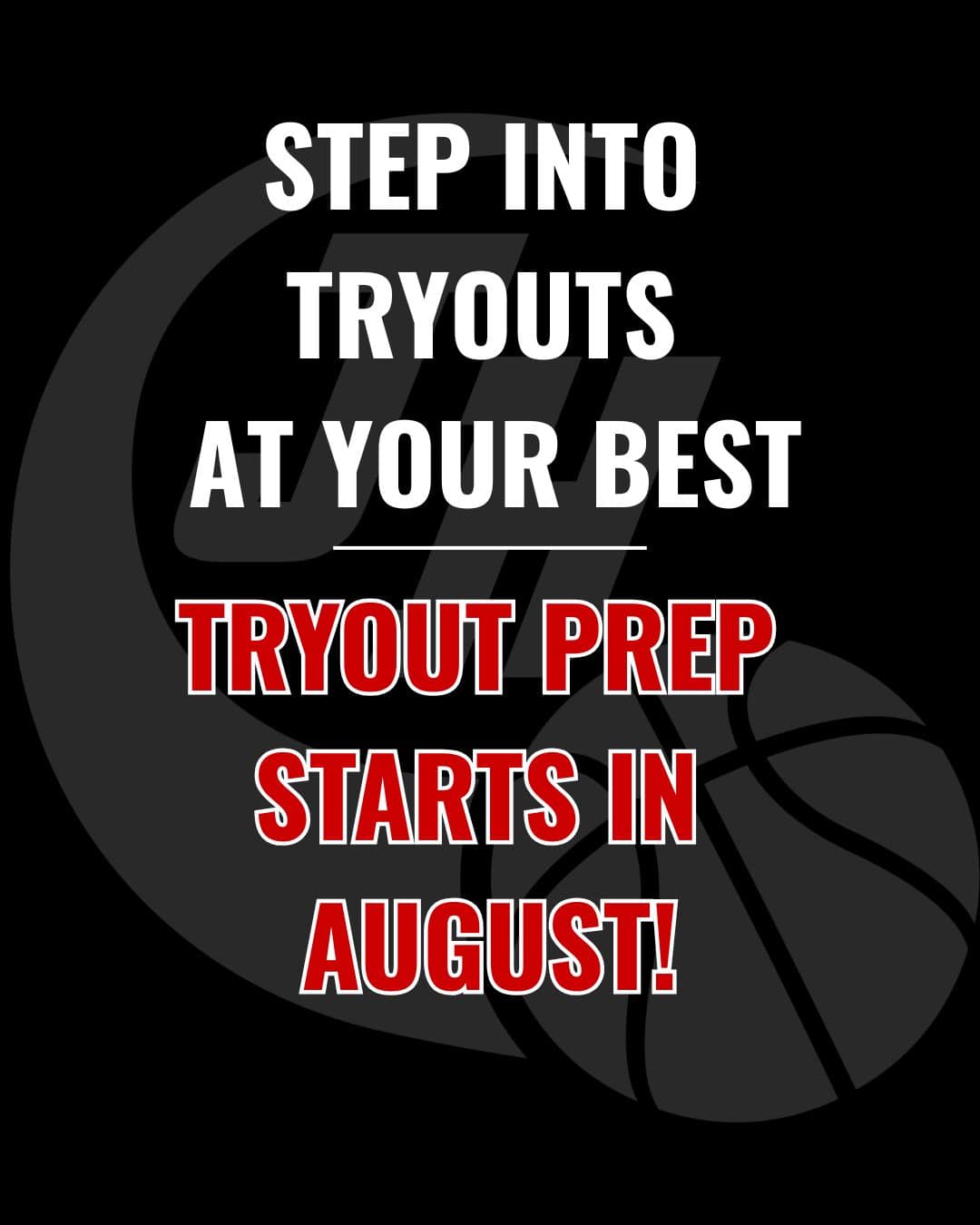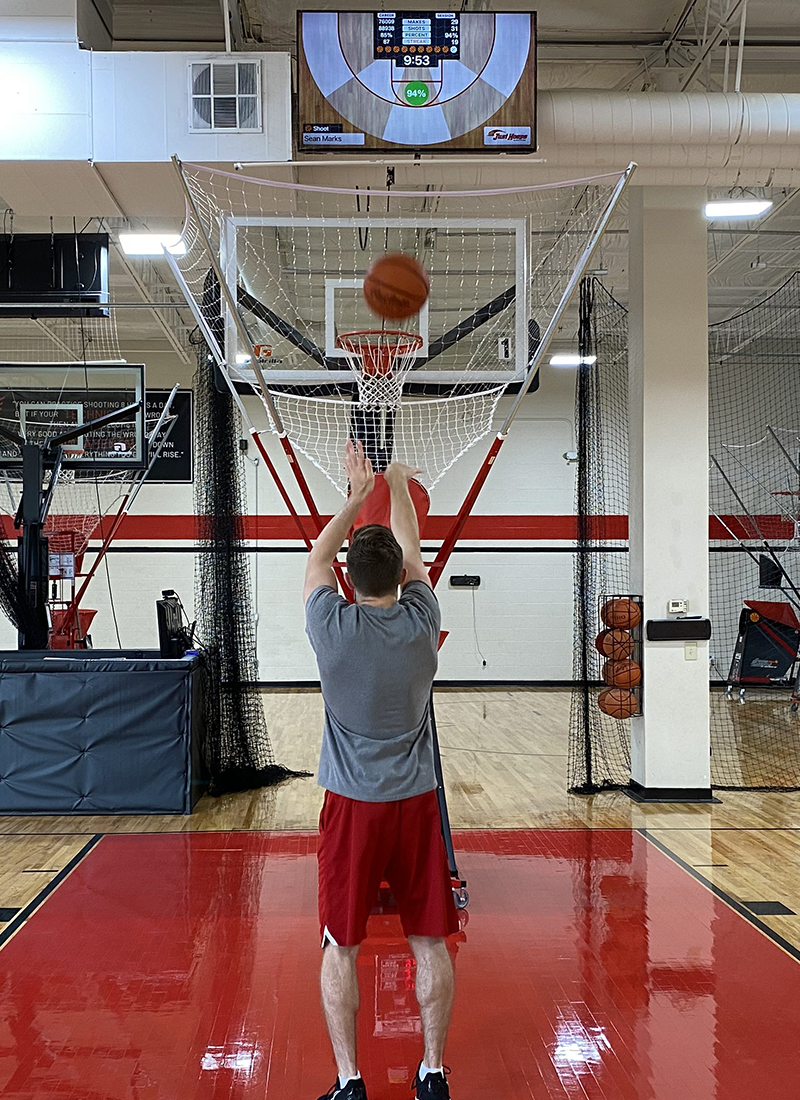Blog.
Definition of pet peeve : a frequent subject of complaint It goes without saying that all coaches have pet peeves when it comes to their athletes. The last thing you want to do is violate one of their pet peeves and irritate your coach with inappropriate behavior,
As a former coach’s son I had the opportunity to dig into a coach’s mind daily, and figure out what coaches are looking for in their players. Coaches want high character players. The characteristics and actions below are
In order to become a great shooter, you must become a straight shooter first. From your shooting pocket you must move the basketball along your shooting line to eliminate any rounded or wasted movements. Your shooting line consists of: 1). Lead Foot 2). Lead Hip
📝 Shooting Tips Improve ⬆️ your Lift & Pop Time ✅ Shot Ready with hands above your belly button on the flight of the pass ▪️Do your work early to decrease the amount of time between the ball hitting your hands to the release ✅
Just Hoops Members have been getting out of their comfort zone and working on finishing with their inside hand. The Inside hand finish is a great move that will allow you to use your back as a shield, be deceptive, and keep the defender guessing.
Show up everyday Control what you can control Focus on the fundamentals that will allow you to achieve your goal
JD Seago is a 5th grader at St. Brigid and has been a member at Just Hoops for nearly 2 years. Although JD had been a part of Just Hoops, it was not until Summer 2020 that he consistently dedicated himself to improving his game.
In the game of basketball as players, we want to be efficient around the basket. The closer we are to the basket the higher percentage the shot. Competitive games are often won or lost by how well a team converts layups and finishes. Here are
John Stearns is a Senior at Olentangy Orange High School and has been a member at Just Hoops since the beginning of Summer 2020. Outside of his practices and summer routine with his team, John dedicated an hour a day this summer to shooting at

